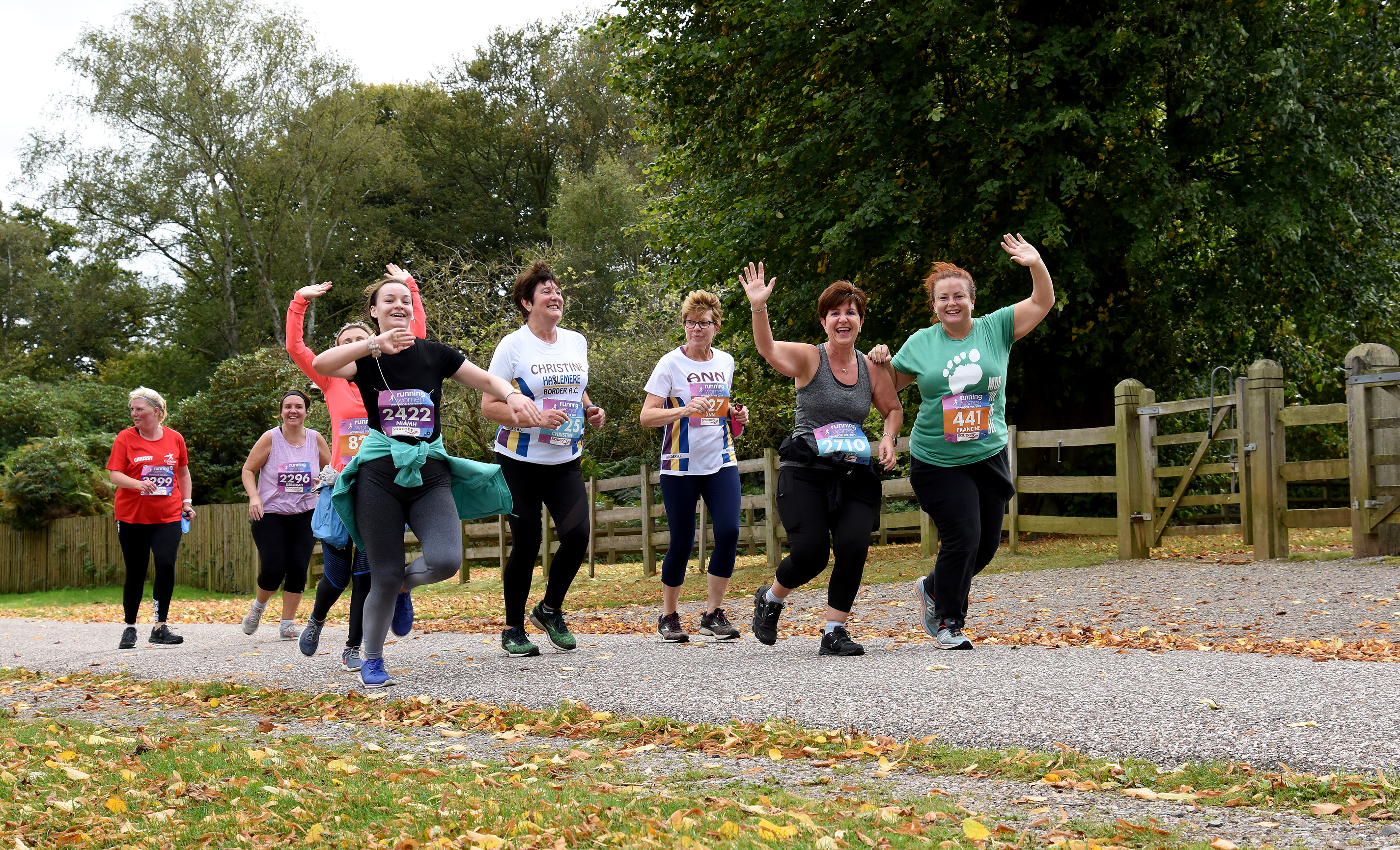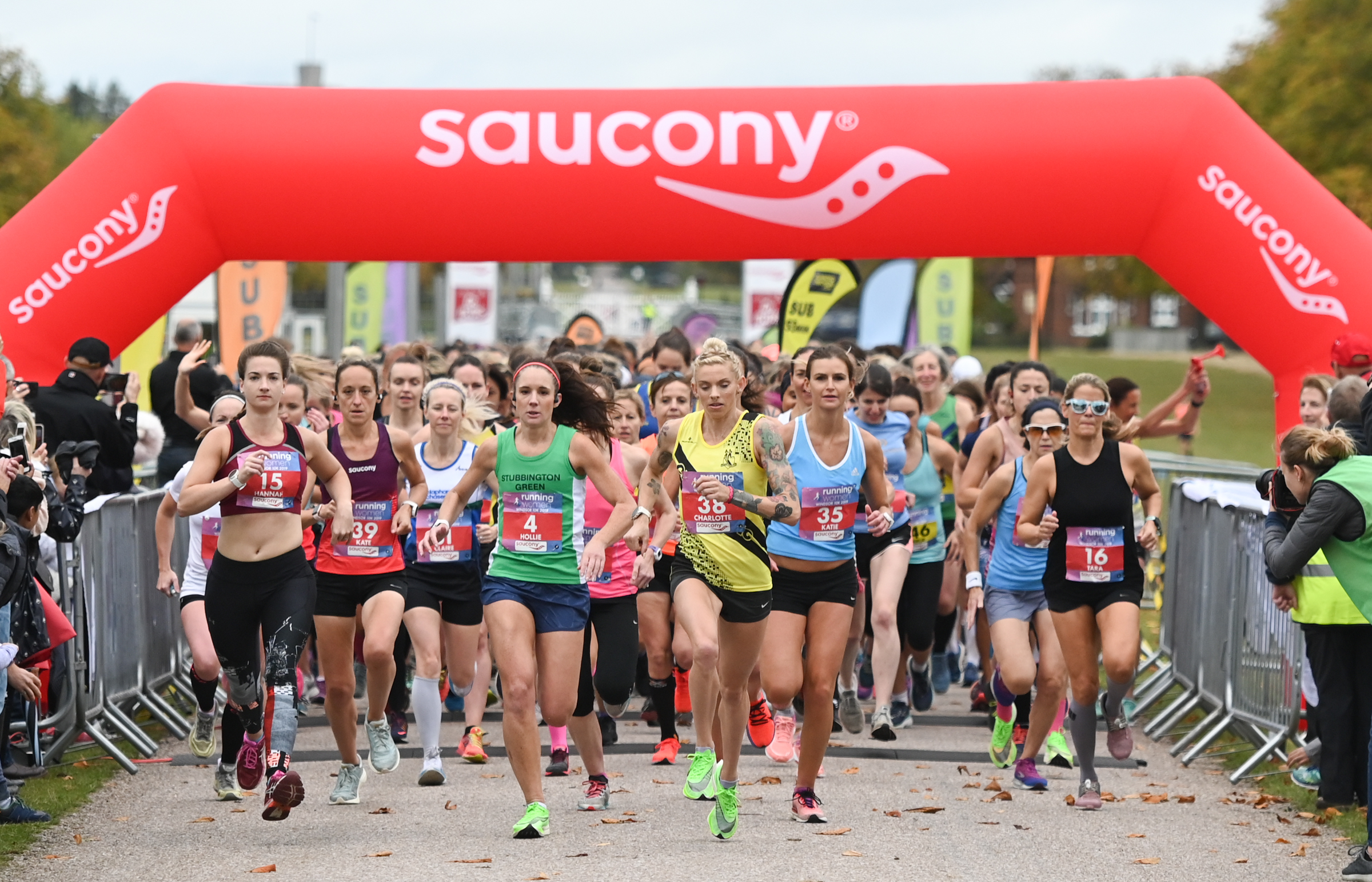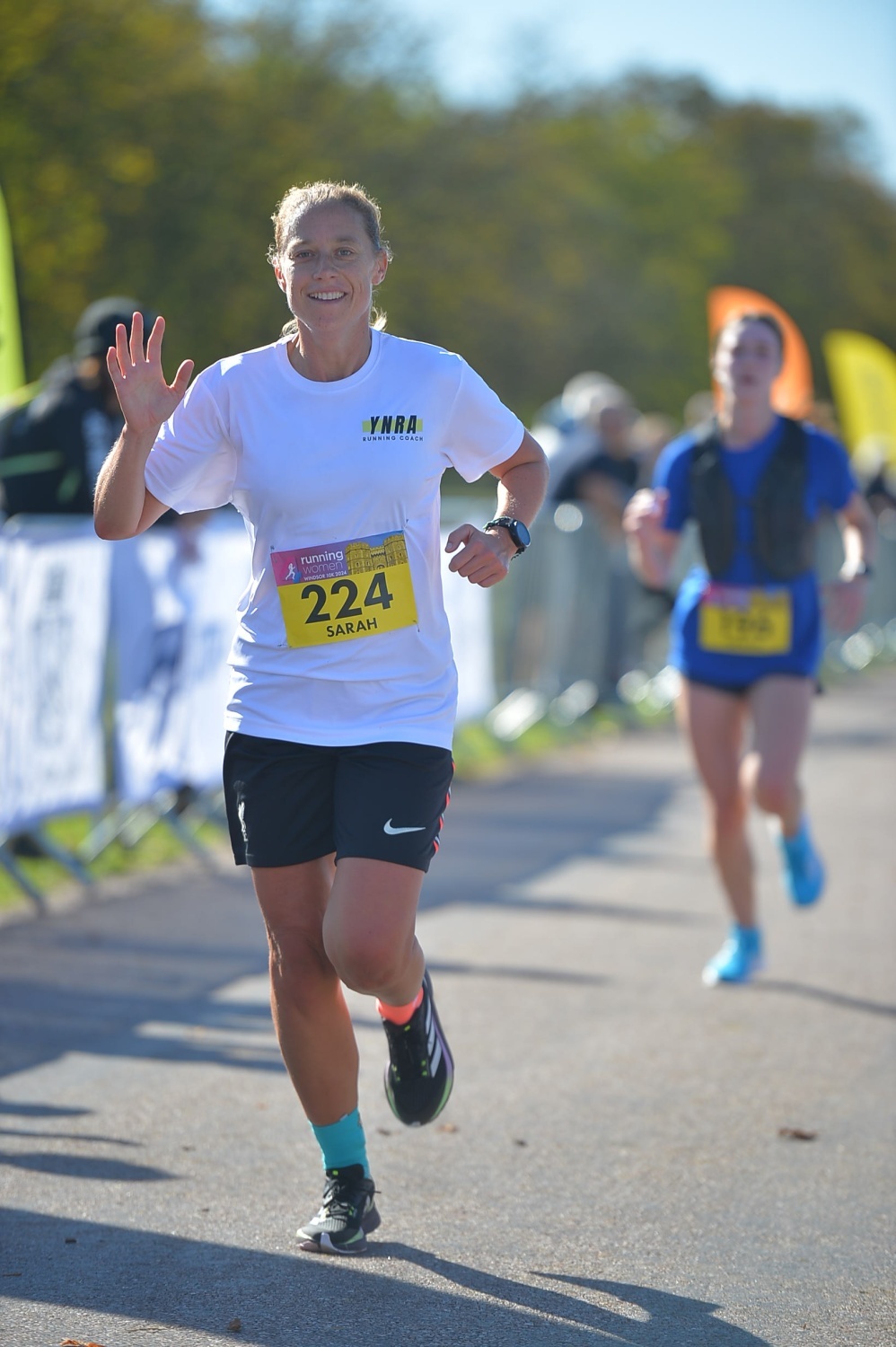Train For Your First Sub-60 10K
Finish your 10K race under an hour with our 8-week training plan
Finishing a 10K race in under one hour is a fantastic goal for many runners. It’s challenging but realistic, and can be done with 8-10 weeks of focused training.
With our popular Windsor Women’s 10K in the race calendar this September, we invite you to test out your sub-60 10K skills on our beautiful course. Here’s how to get started.
Assess your starting point:
What is your current running pace, and how long can you hold it for? Take a look back over your training log or running app, or head out for a steady 5K to discover your pace.
Running a 10K in under an hour means holding a 6 minute/km or 9:39 minute/mile pace.
If you currently run 5K in 30 minutes, you’re looking at a 65+ minute 10K. The advice in this article will help you speed up and get that sub-60 minute 10K
By assessing your current start point, you can develop a training plan that builds speed, pace, and endurance – the three things you’ll need to run a sub-60 minute 10K.
Build speed endurance:
Why does running a 10K in under 60 minutes feel harder than running a 5K in under 30 minutes? It’s mostly because your body uses two energy systems to fuel your muscles. The energy your muscles use for 5K won’t last for twice the distance. Your 10K training plan must include different types of running sessions: to build endurance, speed, and the ability to hold pace.
Design a training plan
To train for a 10K, you’ll need to run 3-4 times per week. Your week should include a long run, a tempo run, and some kind of speed work. This covers the three important aspects of a 10K training plan:
- Interval training
- Threshold run
- Endurance run
Interval training:
Your interval sessions combine higher intensity running with recovery periods to train your body and mind to deal with the discomfort of running faster. You can do these on the road, on a trail, or on a running track if you have access to one.
Threshold run:
Threshold runs are done at your 10K race pace so your body gets used to the effort needed to maintain that pace. It also gives you the opportunity to control your pace – exactly as you’ll need to in your 10K race.
Endurance run:
Your long runs are crucial for helping you build enough endurance for an hour of running.
If you have any extra time in your schedule, you can throw in an easy run to get more miles in your legs and help you recover.
Test your race pace
Remember, a sub-60 minute 10K means holding 6 minute/km or 9:39 minute/mile pace for 10K. If you have access to a running track, try running 2:23 minutes per lap – this is the pace you will need to be doing at the end of your 10K race.
8-10 weeks to train:
How long do you need to train for a sub-60 10K? 8 weeks should be enough, but you could set aside 10 weeks to account for life getting in the way. Use your rest days to work on stretching and mobility, and remember to prioritise sleep to support recovery.
Set your schedule out like this:
Monday: optional easy recovery run of 2-3 miles
Tuesday: interval sessions
Wednesday: rest, mobility work, optional strength training
Thursday: threshold run
Friday: rest, mobility work, optional cross training
Saturday: optional short easy run
Sunday: endurance run of 5-7 miles
The Windsor Women’s 10K Saturday 27th September 2025. We look forward to seeing you in September. Click here to enter now
Similar Posts:
- Train For Your First Sub-60 10K
- How to set out your Spring training plan
- Finish the Windsor 10K with this 8 week training plan
- Speed Work To Boost Your Running Pace
- How To Run Your Fastest 10K Yet
- What’s The Ideal Weekly Combination Of Training Runs?



